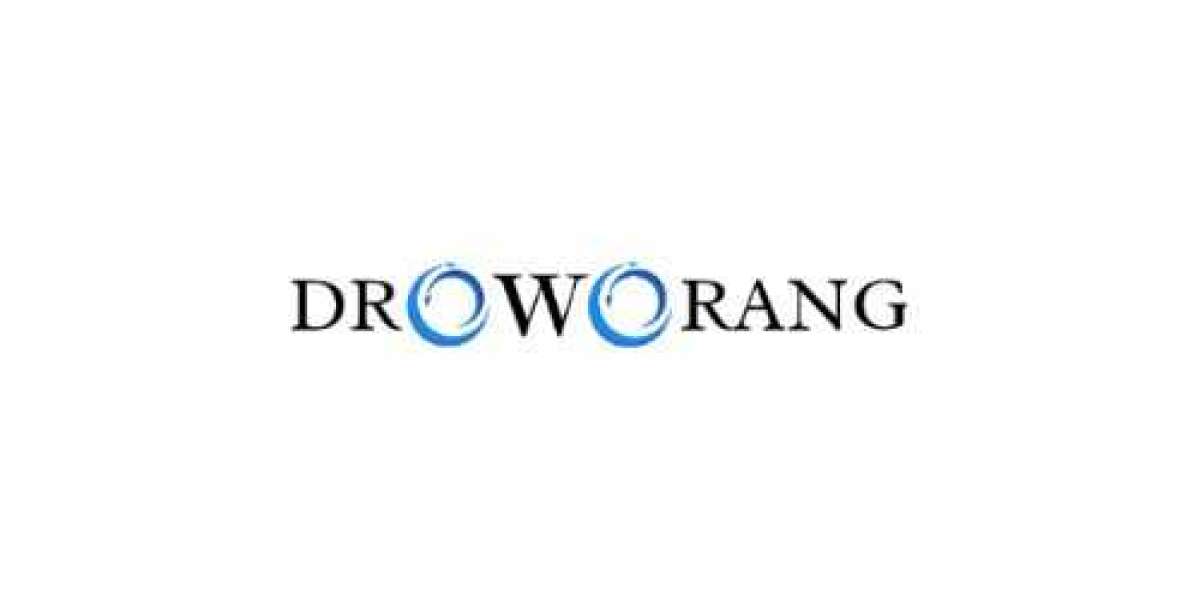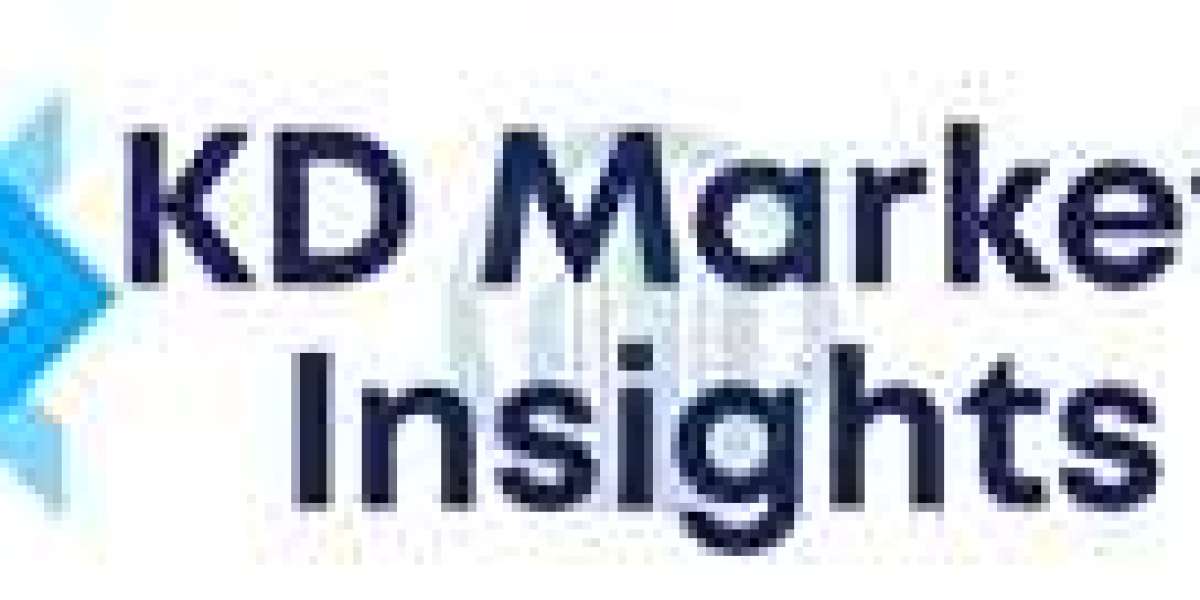Introduction
Hyperuricemia, characterized by elevated levels of uric acid in the blood, is a condition that has garnered increasing attention due to its association with various health complications, including gout, kidney disease, and cardiovascular issues. The Hyperuricemia market is experiencing significant growth, driven by advances in treatment options, diagnostic tools, and a deeper understanding of the condition's epidemiology. This article explores the innovations shaping the Hyperuricemia market, highlighting emerging therapies, market trends, and future opportunities.
Request for Sample Report @ Hyperuricemia Market
Overview of Hyperuricemia
Hyperuricemia arises when there is an excessive accumulation of uric acid in the blood, either due to overproduction or inadequate excretion by the kidneys. This condition can lead to the formation of uric acid crystals, which cause inflammation and pain in the joints, a condition known as gout. Other associated health risks include heart disease, diabetes, and kidney stones. The prevalence of hyperuricemia has been on the rise since 1960, affecting approximately 20-25% of the general population, with a significant incidence in men and postmenopausal women.
Current Treatment Landscape
Traditionally, treatment for hyperuricemia has focused on managing symptoms and reducing uric acid levels through medications such as allopurinol and febuxostat. These treatments aim to lower uric acid levels and prevent the formation of uric acid crystals. Despite their effectiveness, there remains a significant unmet need for more targeted and efficient therapies, particularly for patients who do not respond well to existing treatments.
Emerging Therapies and Innovations
Recent advancements in the Hyperuricemia market are driven by several key innovations:
- Novel Drug Candidates:
- Tigulixostat (LC350189): This drug is in advanced clinical trials and aims to offer a more effective way to lower uric acid levels with fewer side effects.
- SAP-001 and D-0120: These are emerging therapies in various stages of development, promising improved efficacy and safety profiles compared to current treatments.
- FYU-981 and TULY: Represent new approaches to managing hyperuricemia, with mechanisms of action that could offer benefits over existing therapies.
- Targeted Therapies:
- Arhalofenate and URC102: These drugs are designed to address hyperuricemia more directly by targeting specific pathways involved in uric acid metabolism.
- SEL-212: A promising therapy combining a uricase enzyme with a PEGylation technology to enhance its efficacy and duration of action.
- Improved Diagnostic Tools:
- Advances in diagnostic techniques are improving the accuracy of hyperuricemia detection and monitoring. Emerging technologies and biomarkers are enabling earlier and more precise diagnosis, which is crucial for effective treatment.
- Personalized Medicine:
- The shift towards personalized medicine is expected to enhance treatment outcomes by tailoring therapies based on individual patient profiles, including genetic factors influencing uric acid metabolism.
Market Dynamics
The Hyperuricemia market is influenced by various factors, including:
- Market Drivers:
- Rising Prevalence: Increasing rates of obesity, diabetes, and metabolic syndrome are contributing to the growing prevalence of hyperuricemia.
- Advancements in Drug Development: The pipeline of new therapies and ongoing research are expanding treatment options and driving market growth.
- Increased Awareness: Growing awareness about hyperuricemia and its associated risks is leading to higher diagnosis rates and demand for effective treatments.
- Market Barriers:
- High Costs: The cost of novel therapies and advanced diagnostics may limit accessibility for some patients.
- Adherence Challenges: Ensuring patient adherence to long-term treatment regimens can be challenging, particularly with complex or multi-drug therapies.
- Regulatory Hurdles: Navigating the regulatory landscape for new drug approvals and market access can be a lengthy and complex process.
Competitive Landscape
Key players in the Hyperuricemia market include companies such as LG Chem, Shanton Pharma, InventisBio Co., Ltd., and Sanofi. These companies are actively developing and bringing new therapies to market. The competitive landscape is characterized by a mix of established pharmaceutical companies and innovative biotech firms, all striving to address the unmet needs in hyperuricemia treatment.
Pipeline Analysis
The Hyperuricemia pipeline is robust, with several promising therapies in various stages of development. For example:
- Tigulixostat and SAP-001 are in advanced stages of clinical trials and are expected to make a significant impact on the market.
- KUX-1151 and Tranilast are early-stage candidates that could offer new treatment options in the future.
These innovations are expected to shape the market landscape, offering new opportunities for patients and healthcare providers alike.
Request for Sample Report @ Hyperuricemia Market
Future Outlook
Looking ahead, the Hyperuricemia market is poised for substantial growth. The anticipated increase in the patient population, coupled with ongoing advancements in treatment and diagnostics, will likely drive market expansion. Key factors to watch include the successful commercialization of emerging therapies, the impact of personalized medicine, and the evolution of market dynamics as new players enter the field.
Conclusion
The Hyperuricemia market is undergoing a transformative period, marked by significant innovations in treatment and diagnosis. As new therapies advance through clinical trials and new diagnostic tools become available, the market is expected to grow, offering improved outcomes for patients. With a dynamic landscape of emerging therapies and a focus on personalized medicine, the future of hyperuricemia treatment looks promising. As we move towards 2032, the ongoing developments will continue to shape the market, offering new hope for those affected by this challenging condition.
Trending Reports:
Advanced Recurrent Ovarian Cancer Market | Aids Related Kaposi’s Sarcoma Market | Alkaptonuria Market | Anti-gbm Market | Cancer Anorexia Market | Chronic Rhinosinusitis Phenotype With Nasal Polyps Market | Duchenne Muscular Dystrophy Market | Hyperopia Market | Nonmuscle Invasive Bladder Cancer Market | Oral Mucositis Om Market | Severe Hypertriglyceridemia Market | Antibody Mediated Rejection Market | Bk Virus Infection Market | Human Papillomavirus Positive Cancer Market | Intrahepatic Cholangiocarcinoma Market | Anovulation Market | Anti-cd274 Pd-l1 Antibody Pipeline | Antibody-mediated Rejection Market | Bone And Joint Infection Market | Bradycardia Treatment Devices Market | Cardiorenal Syndrome Market | Facioscapulohumeral Muscular Dystrophy Market | Menorrhalgia Market | Postmenopausal Vaginal Atrophy Market | Uncomplicated Urinary Tract Infections Market | Balloon Catheters Market | Cervical Intraepithelial Neoplasia Market | Cutaneous Lupus Erythematosus Market | Vascular Dementia Market | West Syndrome Market







